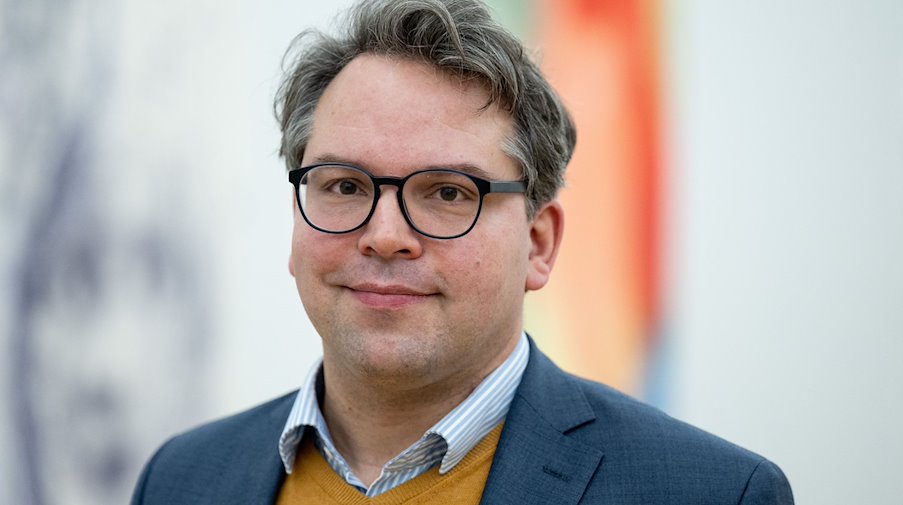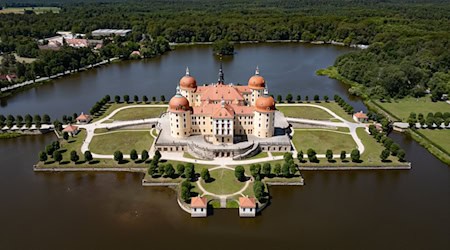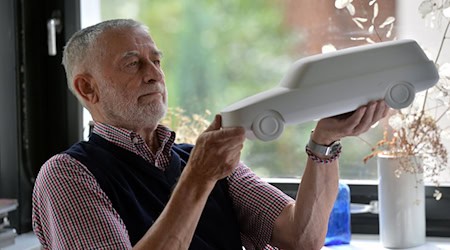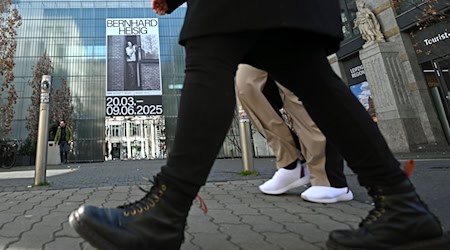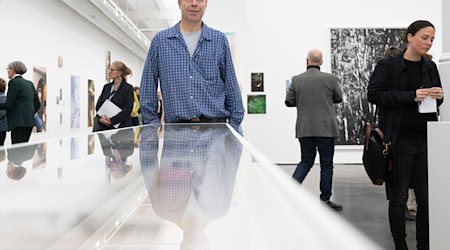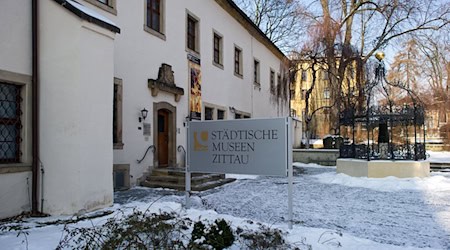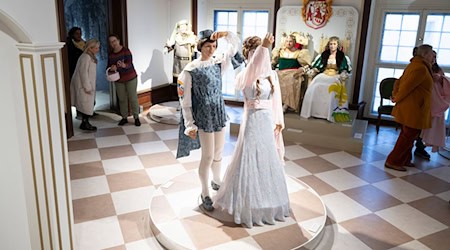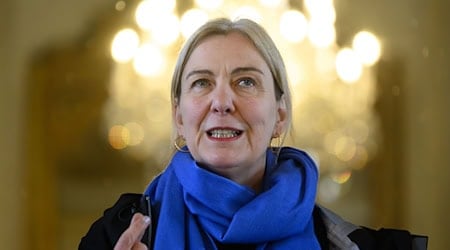With Willi Baumeister, the Gunzenhauser Museum in Chemnitz is putting an important representative of abstract painting at the center of an extensive exhibition at the end of the year. Baumeister is "an exceptional artist", explained museum director Anja Richter on Friday. Nevertheless, he has rarely been shown in the region to date.
The museum's collection includes 39 works - making it the third-largest public collection of paintings by the artist. They are now being shown in full to the public for the first time in the exhibition. In addition, there are numerous loans from public and private collections - around 150 works of art in total.
The curators Dieter Huber and Hannelore Paflik-Huber present Baumeister (1889-1955) not as an individual artist, but embedded in his immense network of fellow artists. In addition to important works by Baumeister himself, the exhibition also includes works by Kandinsky, Le Corbusier, Itten, Malevich and Jawlensky - many of which were once exchanged or given as gifts, as evidenced by dedications.
The show illustrates Baumeister's involvement with Russian Constructivism and prehistoric painting and objects. "He didn't leave out any medium that was available at the time," says Paflik-Huber, emphasizing the versatility of his work.
The exhibition traces the various stages of his life - from his studies through the period of National Socialism, when his art was defamed as "degenerate", to his rapid rise after the Second World War, when his works met with great acclaim both at home and abroad and were shown at the Venice Biennale and the Documenta in Kassel, for example.
A room is also dedicated to the reception of his work in the GDR. It is said that artistic tendencies that did not correspond to Socialist Realism were suppressed in the East at the time. Nevertheless, works by him were acquired for museums in the 1950s and 1960s and his work impressed young artists in the GDR such as Carlfriedrich Claus and Gerhard Altenbourg.
The exhibition "Das Kreative geht dem Unbekannten kühn entgegen" on Willi Baumeister and his network opens on Saturday evening. It will be on display until February 4.
Copyright 2023, dpa (www.dpa.de). All rights reserved

